Increasing Demand for Commercial Vehicles
The Air Brake System Market is experiencing a notable surge in demand for commercial vehicles, driven by the expansion of logistics and transportation sectors. As e-commerce continues to flourish, the need for efficient freight transport increases, leading to a higher production of trucks and buses equipped with advanced air brake systems. According to recent data, the commercial vehicle segment is projected to grow at a compound annual growth rate (CAGR) of approximately 4.5% over the next five years. This growth is likely to bolster the air brake system market, as manufacturers prioritize safety and reliability in their vehicle designs. Consequently, the integration of sophisticated air brake systems becomes essential to meet regulatory standards and consumer expectations, thereby enhancing the overall market landscape.
Regulatory Compliance and Safety Standards
The Air Brake System Market is significantly influenced by stringent regulatory compliance and safety standards imposed by various governmental bodies. These regulations mandate the use of advanced braking systems in commercial vehicles to ensure safety on roads. For instance, the National Highway Traffic Safety Administration (NHTSA) has established guidelines that require the implementation of air brake systems in heavy-duty vehicles. As a result, manufacturers are compelled to innovate and enhance their braking technologies to comply with these regulations. This compliance not only improves vehicle safety but also drives the demand for air brake systems, as companies seek to avoid penalties and enhance their market reputation. The ongoing evolution of safety standards is expected to further propel the air brake system market, as adherence to these regulations becomes increasingly critical for manufacturers.
Rising Focus on Vehicle Safety and Performance
The Air Brake System Market is increasingly shaped by a rising focus on vehicle safety and performance among manufacturers and consumers. As awareness of road safety issues grows, there is a heightened demand for advanced braking technologies that can enhance vehicle performance. This trend is particularly evident in the passenger vehicle segment, where consumers are seeking vehicles equipped with superior air brake systems that offer better stopping power and reliability. Market data suggests that vehicles with advanced air brake systems can reduce accident rates significantly, thereby driving consumer preference towards such models. As manufacturers respond to this demand by integrating state-of-the-art air brake systems into their vehicles, the air brake system market is poised for growth, reflecting the industry's commitment to safety and performance.
Technological Innovations in Air Brake Systems
The Air Brake System Market is witnessing a wave of technological innovations that are reshaping the landscape of braking systems. Advancements such as electronic brake control systems, anti-lock braking systems (ABS), and automated braking technologies are becoming increasingly prevalent. These innovations enhance the performance and reliability of air brake systems, making them more appealing to manufacturers and consumers alike. Data indicates that the integration of smart technologies in braking systems could lead to a reduction in stopping distances by up to 30%, thereby improving overall vehicle safety. As manufacturers invest in research and development to create more efficient and effective air brake systems, the market is likely to experience substantial growth, driven by the demand for cutting-edge technology in the automotive sector.
Growth of the Construction and Mining Industries
The Air Brake System Market is positively impacted by the growth of the construction and mining industries, which rely heavily on heavy-duty vehicles for transportation and logistics. As infrastructure projects and mining operations expand, the demand for trucks and equipment equipped with reliable air brake systems increases. Recent statistics suggest that the construction sector is expected to grow at a CAGR of around 5% over the next few years, which will likely drive the demand for air brake systems. These systems are crucial for ensuring the safety and efficiency of heavy machinery operating in challenging environments. Consequently, the growth of these industries not only supports the air brake system market but also encourages manufacturers to innovate and enhance their product offerings to meet the specific needs of construction and mining applications.


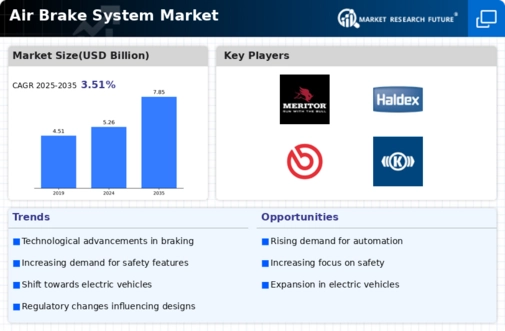
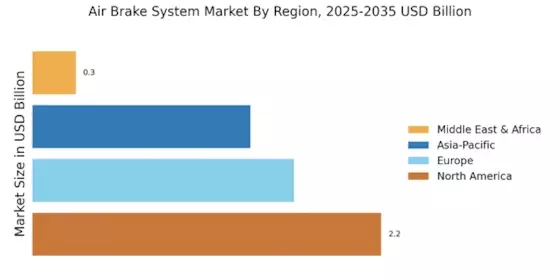
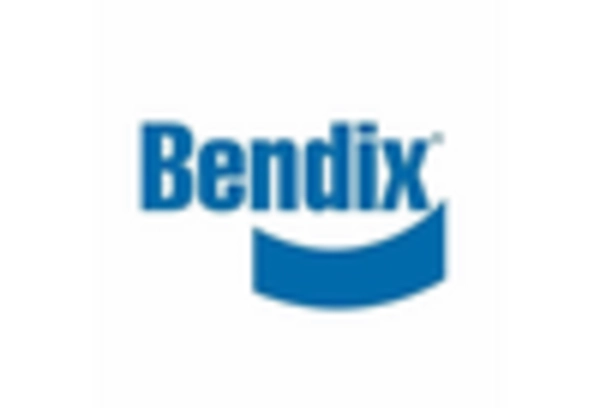
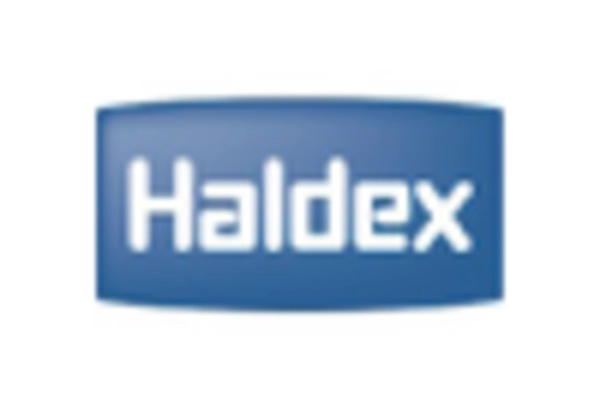
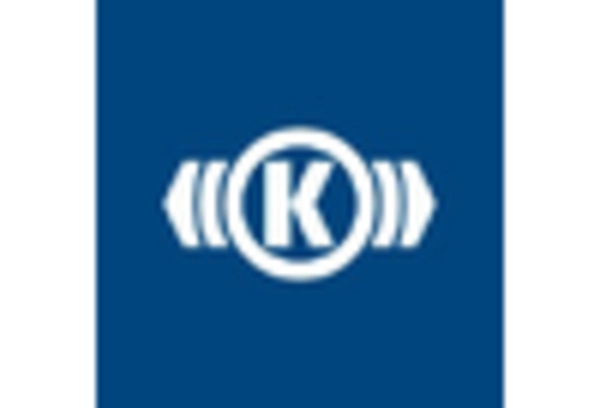











Leave a Comment